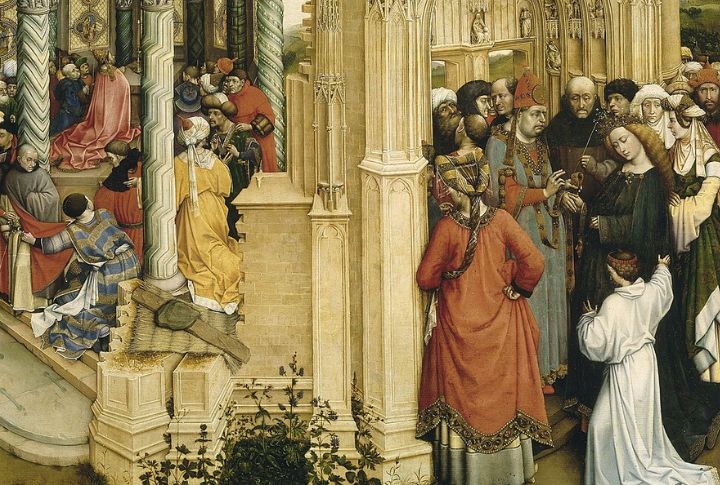
Religious separations aren’t always loud and messy—sometimes, they unfold over deep disagreements and turning points that build quietly. That’s exactly what happened between the earliest Christians and Jewish roots. The split didn’t come from one moment, but a string of changes that pulled them in a new direction. Curious what sparked the separation? Here are 10 causes you probably didn’t know.
Jesus’s Radical Teachings Challenged Jewish Authority
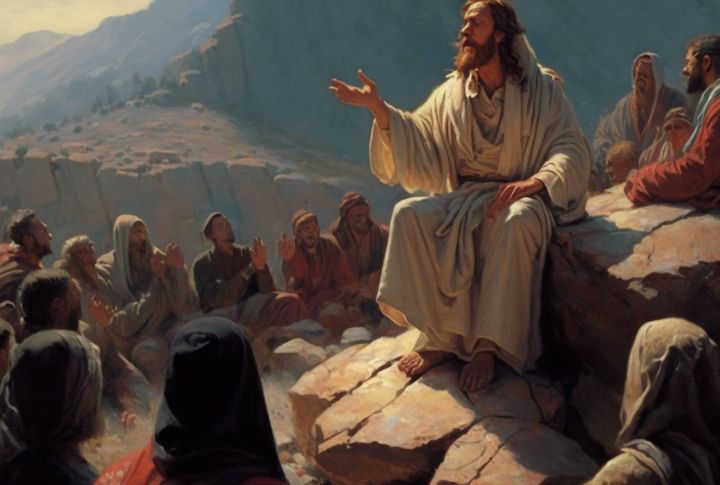
By questioning long-held Jewish laws, Jesus put himself at odds with religious leaders. His emphasis on internal faith rather than ritual practice threatened the authority structure. This created sharp tensions and early division. Notably, some Pharisees respected his ideas as reformative, while many did not. The divide among Jewish followers deepened from there.
Disagreement Over Jesus As The Messiah
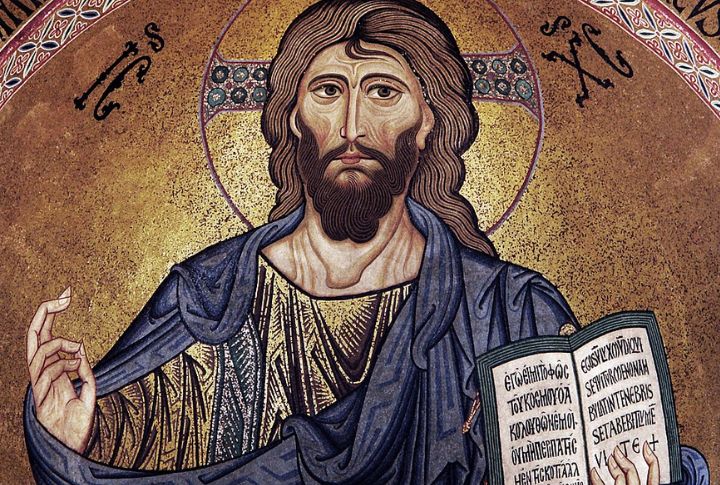
The split sharpened when Jews rejected Jesus’s image as the Messiah, and Christians insisted he fulfilled the prophecy. That rift that didn’t heal. Jewish tradition expected a political liberator, not a suffering savior. This sharp difference in belief wasn’t temporary; it laid the groundwork for two separate religious paths.
The Impact Of The Apostle Paul’s Mission To The Gentiles
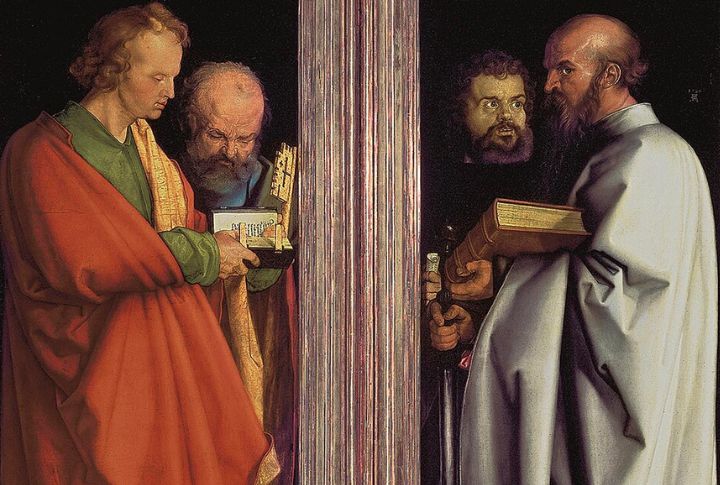
Paul helped spread Christianity to non-Jews (Gentiles) as well as to Jews. He didn’t focus on traditional Jewish customs, which upset some people. His teachings and letters (epistles) became a big part of the New Testament. Because of this, he helped move Christianity away from its Jewish roots and contributed to the eventual split.
The Destruction Of The Second Temple
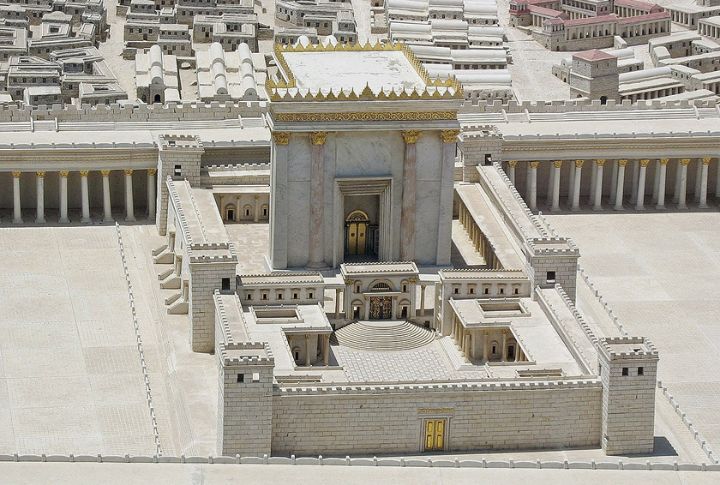
When the Second Temple fell in 70 CE, everything changed. For Jews, it marked a turn toward rabbinic teachings in the absence of their sacred center. Christians, meanwhile, viewed the destruction as confirmation of their beliefs. Such contrasting responses widened the gap, driving Judaism and Christianity even further apart.
The Council Of Jerusalem’s Decision On Gentile Converts
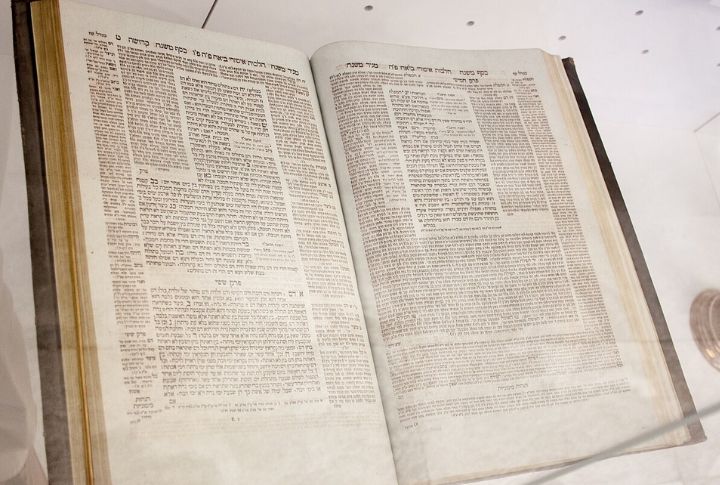
Faced with growing tension, early leaders met to resolve a key issue: Should Gentile converts obey full Jewish law? Their answer was “No.” It helped settle the dispute and set Christianity on its own path. The decision became a turning point and created a formal distance from Judaism, allowing new believers to join more freely.
Different Worship Days And Rituals Emerge
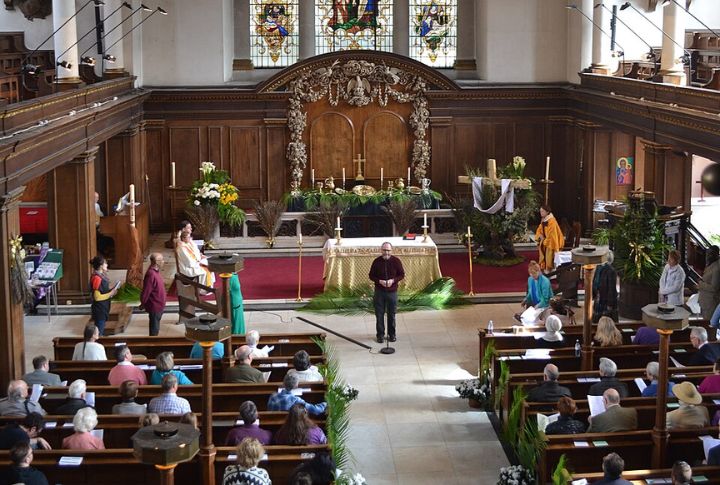
Christians began gathering for worship on Sunday rather than the traditional Jewish Sabbath. They also introduced the Eucharist as a central practice. These distinct changes in worship reinforced the growing divide between the two faiths. Over time, these differences helped form Christianity’s identity, both in structure and in everyday religious life.
Jewish Rejection And Roman Persecution
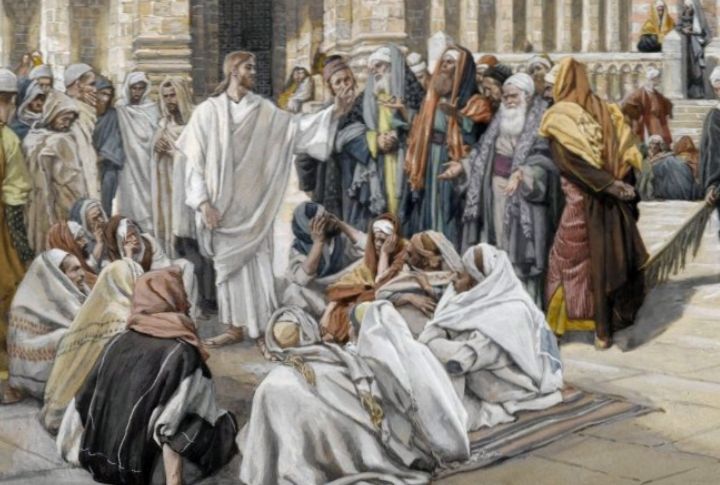
To avoid Roman punishment, Jewish leaders began separating from Christians. At the same time, Roman persecution forced Christians to define their own identity. Interestingly, early Romans didn’t recognize the difference at first. However, the growing pressure from both sides caused the split between the two faiths to accelerate quickly.
Establishment Of Separate Leadership Structures
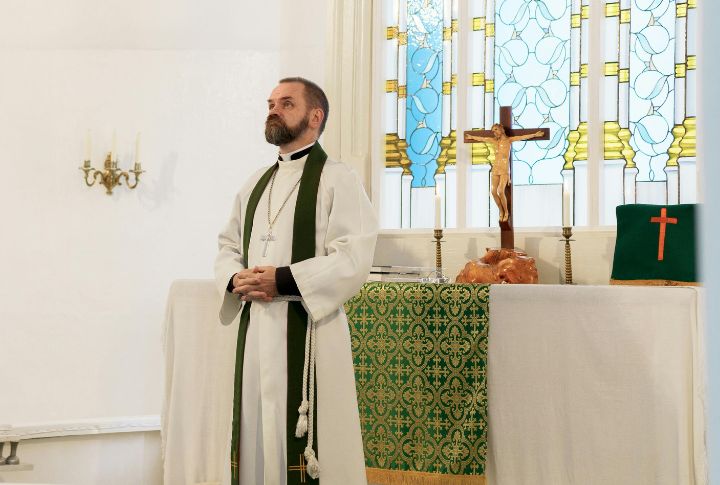
Christian communities developed a distinct leadership system, appointing clergy and bishops rather than relying on Jewish rabbinic authority. Many of the first bishops had Jewish backgrounds. This move gave Christians a way to lead independently, allowing their communities to grow without relying on synagogues or rabbinic teaching for spiritual guidance.
Christians Didn’t Support Jewish Revolts
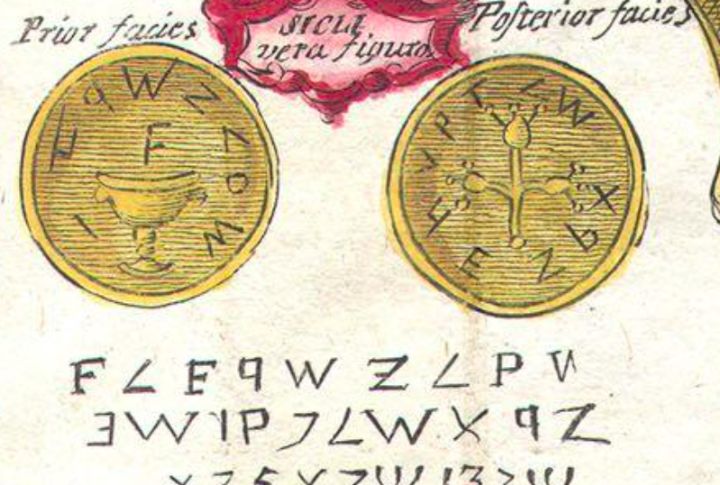
As Jewish rebels clashed with Rome, Christians stayed silent. That silence was loud to their Jewish neighbors, who saw it as abandonment. Their hurt turned to anger. Meanwhile, Roman eyes took note that Christians weren’t joining the chaos. This divide soon became official, as Rome began treating the groups as separate faiths.
The Council Of Jamnia’s Affirmation Of Jewish Identity
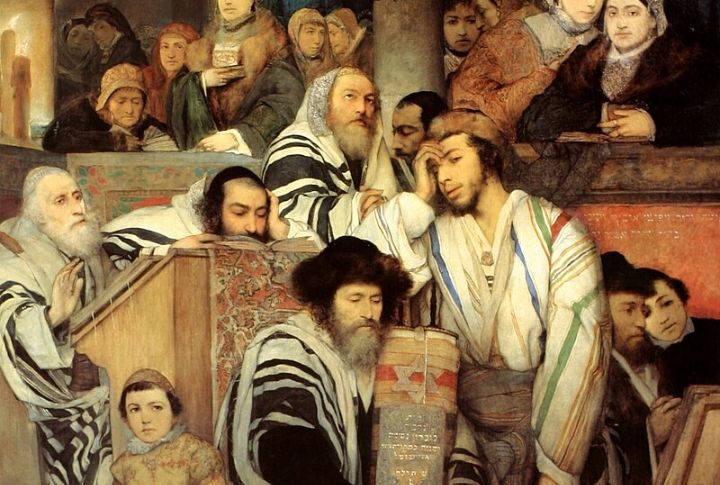
In response to growing pressure and temple loss, Jewish leaders at Jamnia reinforced strict Torah obedience. They also dismissed Christian teachings and finalized their own scriptural canon. These moves strengthened Jewish identity and made the divide with Christianity sharper. From then on, religious boundaries were clearer and harder to bridge.

